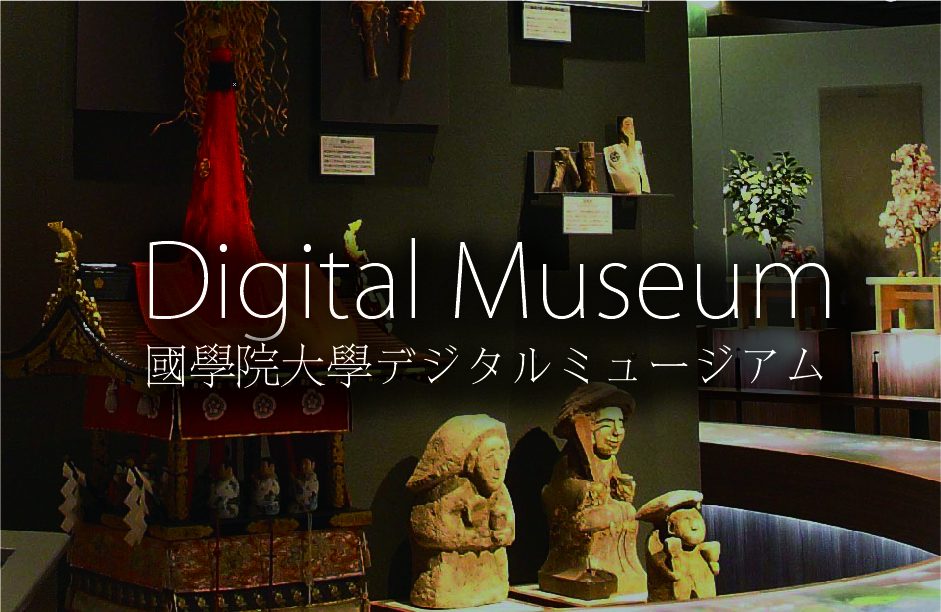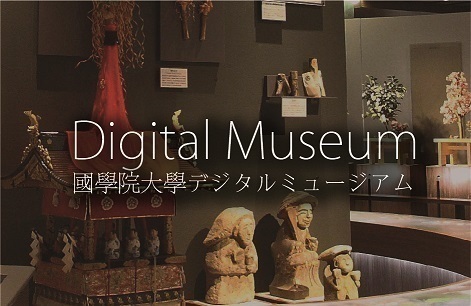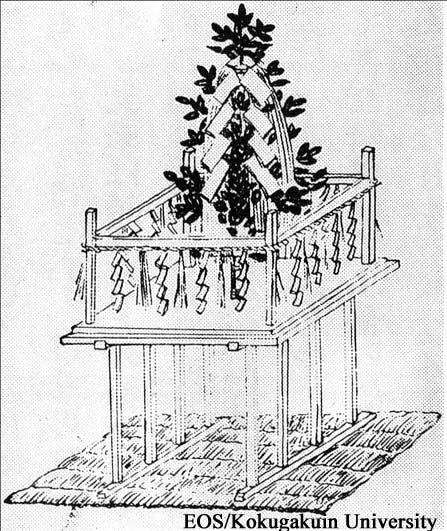- トップ
- Encyclopedia of Shinto
- Himorogi
Encyclopedia of Shinto
| Main Menu: | |
| Links: |
詳細表示 (Complete Article)
| カテゴリー1: | 4. Jinja (Shrines) |
|---|---|
| カテゴリー2: | Shrine Architecture |
| Title | Himorogi |
| Text | Originating in ancient times, himorogi refers to a temporarily erected sacred space or "altar" used as a locus of worship. Today, himorogi are represented by the demarcation of a physical area with branches of green bamboo or sakaki at the four corners, between which are strung sacred border ropes (shimenawa). In the center of the area a large branch of sakaki festooned with sacred emblems (hei) is erected as a yorishiro, a physical representation of the presence of the kami and toward which rites of worship are performed. In more elaborate cases, a himorogi may be constructed by placing a rough straw mat upon the ground, then erecting a ceremonial 8-legged stand (hakkyaku an) upon the mat and decorating the stand with a frame upon which sacred border ropes and sacred border emblems are placed. Finally the sakaki branch is erected in the center as the focus of worship. Since the Edo period, various attempts have been made to understand the derivation of the word himorogi. Early appearances of the word include the expression "heavenly himorogi" (ama tsu himorogi) in the account of the "descent of the heavenly grandchild" (tenson kōrin) as found in "alternate writing" outlined in the second chapter of the Nihongi. The word also appears later in the Nihongi in the account of the reign of Emperor Sujin, where it states that a shikataki himorogi (probable meaning: "an altar of firm stones") was erected in the village of Yamato no Kasanui and used for the worship of Amaterasu ōmikami. A passage from the reign of Emperor Suinin relates that of the "divine treasures of Izushi" (Izushi no kandakara) brought by the Korean prince Amenohihoko, one was called a kuma-himorogi (meaning obscure). The Man'yōshūlikewise includes phrases such as, "Though I dedicate an altar on the divine mountain" (kamunabi ni himorogi tatete iwaedomo), making it clear that these expressions refer to temporary altars constructed for worship. During the Aoi Festival at the Kyoto shrine Kamo Wakeikazuchi Jinja (the Upper Kamo Shrine), the "sacred seat" (miare dokoro) is represented by a square space demarcated by green branches, in the center of which is placed an evergreen tree. This structure is made to accommodate a kami that descends to a space surrounded by sacred borders. Other practices related to this custom might include the sacred fences (mizugaki and shibagaki) found surrounding shrines, and the fence of branches surrounding a new emperor's enthronement palace (Daijōkyū). — Sugiyama Shigetsugu |






